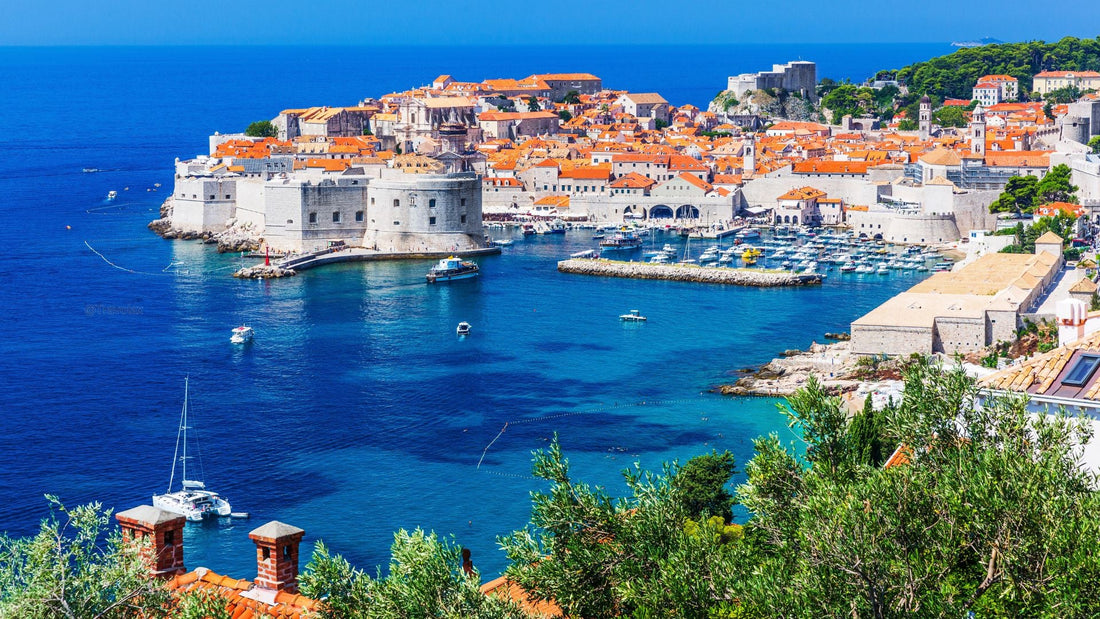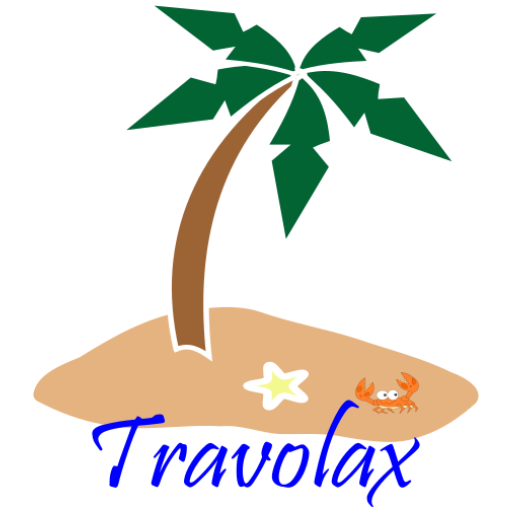
Croatia in Fall: Your Ultimate Guide to Saving Money While Living the Adriatic Dream
Share
Croatia transforms into a budget traveler's paradise every October, offering golden coastal sunsets, medieval cities without summer crowds, and prices that drop as dramatically as the autumn leaves. The secret is out: visiting Croatia after peak season means you'll experience the same turquoise Adriatic waters and stunning Dalmatian Coast—but you'll pay 30-50% less than summer visitors while enjoying a more authentic, local experience.
Why October Is Croatia's Money-Saving Sweet Spot
October strikes the perfect balance between ideal weather and rock-bottom prices. Summer's intense heat and tourist hordes have vanished, yet temperatures still hover around 65-72°F (18-22°C) with plenty of sunshine for coastal exploration. Hotels, apartments, and tours slash their rates significantly, and you'll actually be able to photograph Dubrovnik's city walls without dodging cruise ship crowds. The fall wine harvest season adds an extra layer of authenticity, with vineyards across Istria and the Pelješac Peninsula offering tastings at local prices rather than tourist premiums.
Massive Accommodation Savings
Your biggest cost reduction comes from lodging. In Split's Old Town, private apartments that cost $150-200 nightly in July drop to $60-90 in October. Dubrovnik's highly-rated guesthouses outside the Old Town walls offer rooms for $50-70 per night compared to $130-180 during peak season. Book through local Croatian platforms or contact family-run guesthouses directly to avoid international booking fees—many offer 10-15% discounts for direct reservations. Consider staying in nearby towns like Cavtat (15 minutes from Dubrovnik) or Trogir (close to Split) where prices drop even further while maintaining easy access to major attractions.
Transportation Hacks
Skip expensive rental cars by using Croatia's efficient bus network, where intercity routes between Split, Dubrovnik, and Zagreb cost $15-30 compared to $60-100 daily car rentals plus parking fees. FlixBus operates affordable routes throughout Croatia with advance bookings as low as $5-10. For island hopping, take local ferries instead of catamarans—the slower ferry from Split to Hvar costs $8 versus $25 for the faster tourist catamaran, and the scenic journey is half the experience. October's reduced tourist demand means you won't face sold-out ferries or need advance reservations.
Dining Like a Local
Bypass waterfront tourist restaurants and walk two blocks inland where locals eat. A traditional konoba (tavern) meal with fresh seafood, local wine, and sides costs $12-18 per person compared to $35-50 at harbor-view restaurants. Visit local markets in the morning—Split's Green Market and Dubrovnik's Gundulićeva Poljana Market offer fresh produce, cheese, and cured meats perfect for assembling gourmet picnics for under $10. Croatia's bakeries sell burek (savory pastries) and pizza slices for $2-3, making them ideal budget lunch options.
Free and Affordable Attractions
Walking Dubrovnik's city walls costs $35 in summer but the same stunning limestone architecture, narrow alleyways, and harbor views are completely free to explore from ground level. Split's Diocletian's Palace, a UNESCO World Heritage site, charges no admission—you can spend hours wandering its ancient Roman corridors and atmospheric squares. October brings fewer crowds to Plitvice Lakes National Park, Croatia's premier natural attraction, where the $18-25 entrance fee (half the summer price) grants access to cascading waterfalls and emerald lakes. Beach access remains free year-round, and October's mild weather still allows swimming at popular spots like Zlatni Rat.
Wine Region Adventures
October coincides with grape harvest season across Croatian wine regions. The Pelješac Peninsula, producing world-class Plavac Mali red wines, offers winery tours and tastings for $10-20 compared to $40-60 Napa Valley equivalents. Istria's wine roads allow self-guided tours between family wineries offering free or minimal-cost tastings when you purchase bottles at cellar-door prices ($8-15 for premium wines). Many winemakers invite visitors to participate in harvest activities, providing authentic experiences you'd pay hundreds for elsewhere.
Strategic Booking Tips
Book flights to Zagreb instead of coastal airports—budget carriers like Ryanair offer routes from major European cities for $30-60. From Zagreb, overnight buses to coastal cities cost $20-30 and save a night's accommodation. Use Croatian hotel comparison site Booking.com's "Genius" loyalty program for additional 10-15% discounts on already-reduced October rates. Wednesday and Thursday arrivals typically cost less than weekend trips, and staying 7+ nights often triggers weekly discounts of 15-20%.
Island Hopping on a Budget
October's shoulder season makes Croatian islands incredibly affordable. Hvar Town, notoriously expensive in summer, becomes accessible with apartment rentals around $50-70 nightly. Korčula's medieval old town offers similar savings while maintaining its charm minus the crowds. Local island ferries operate year-round with passenger fares around $5-8 and vehicle transport for $25-35, allowing multi-island exploration without breaking your budget. Visit Vis Island, Croatia's most remote inhabited island, where October brings pristine beaches and authentic fishing village culture at half the summer cost.
Money-Saving Travel Pass
Purchase multi-day bus passes if staying in one region—Split's seven-day unlimited city transport pass costs just $15. For museum enthusiasts, Dubrovnik's seven-day pass ($30) includes city walls, Rector's Palace, and multiple museums—worthwhile if visiting three or more sites. Many cities offer combination tickets covering multiple attractions at 20-30% discounts compared to individual entries.
Avoiding Common Tourist Traps
Don't exchange money at airports or tourist areas where rates include 10-15% markups. Use ATMs from major Croatian banks (Zagrebačka Banka, Privredna Banka) and withdraw larger amounts less frequently to minimize fees. Skip organized Game of Thrones tours in Dubrovnik ($40-60) and download free self-guided apps showing filming locations. Restaurant "tourist menus" often cost more than ordering à la carte—always check both options.
Daily Budget Breakdown
A comfortable mid-range October budget runs $60-80 per person daily: accommodation ($30-40), meals ($20-25), local transport ($5-8), and attractions ($5-10). Budget travelers staying in hostels and cooking some meals can manage on $40-50 daily, while luxury seekers enjoying nicer hotels and fine dining will spend $120-150—still 40% less than summer rates.
